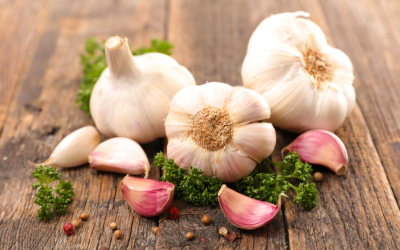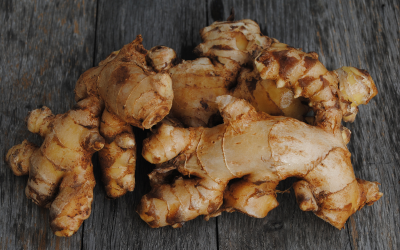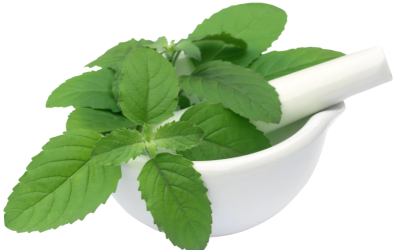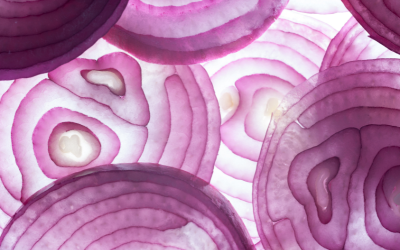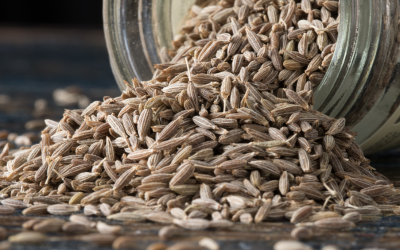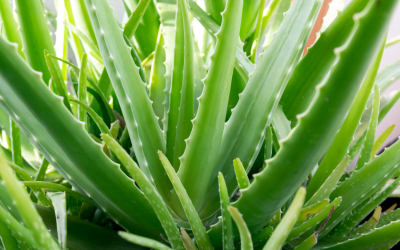Insulin Plant- Know how it can reduce your sugar level

Costus igeus, commonly known as the insulin plant and Banda, Bija-sal, Peisar , Jarul etc. in hindi, belongs to the family Costaceae. It is believed that consumption of the leaves helps lower blood glucose levels, and diabetics who consume the leaves of this plant report a fall in their blood glucose levels. This is a perennial, upright, spreading plant reaching about two feet tall, with spirally arranged leaves and attractive flowers. The insulin plant is one of the best antidiabetic plants with minimal maintenance.
Studies indicate that regularly eating the leaves can reduce blood sugar levels in both insulin-dependent diabetics and those not on insulin, alongside their usual medications. Additionally, it has benefits like fighting microbes, acting as a diuretic, and potentially combating cancer.
How to Identify:
Leaf Appearance: Look for elongated, lance-shaped leaves with a glossy surface. The leaves usually have prominent veins running through them.
Leaf Color: The leaves are typically green, but the undersides may have a reddish hue. Some leaves may also have purple markings.
Leaf Arrangement: The leaves are arranged spirally along the stem, forming a distinctive pattern.
Plant Height and Structure: Insulin plants are generally small, reaching about two feet in height. They have an upright, spreading growth habit.
Flowers: Look for attractive flowers emerging from the plant. These flowers are usually orange in color, and may have a tube-like shape. Flowers usually blooms in summer.
Scent: When crushed, the leaves may emit a pleasant aroma.
Location: Insulin plants are often cultivated in gardens or grown in pots indoors. They prefer warm, humid climates.
How To Use:
Blood Sugar Control:
- Chew 1-2 fresh leaves daily in the morning on an empty stomach.
- Drink insulin plant tea by boiling a few leaves in water for 5-10 minutes. Strain and drink daily.
Antioxidant Benefits:
- Consume fresh leaves in salads or smoothies.
- Make insulin plant juice by blending fresh leaves with water and a sweetener of your choice.
Digestive Health:
- Chew a few fresh leaves after meals to aid digestion.
- Prepare a decoction by boiling leaves in water, strain, and drink to alleviate stomach discomfort.
Anti-inflammatory Effects:
- Apply crushed leaves as a poultice on inflamed areas.
- Consume insulin plant tea or juice regularly to reduce overall inflammation in the body.
Immune System Support:
- Consume fresh leaves raw or blend them into juices or smoothies.
- Drink insulin plant tea daily or include it in your regular herbal tea blends.
Always consult with a healthcare professional before using any herbal remedies, especially if you have existing health conditions or are taking medications.
Other Benefits:
Blood sugar control: The insulin plant has long been used to help manage blood sugar levels. It’s thought to boost insulin production and improve sensitivity to insulin, which is good for people with diabetes.
Antioxidant power: The leaves of the insulin plant are packed with antioxidants like flavonoids and phenolic compounds. These antioxidants fight damage from oxidative stress, reduce swelling, and protect against diseases.
Healthy digestion: Eating insulin plant leaves might ease digestion, soothe stomach issues, and make bowel movements smoother. It’s often used for problems like constipation and upset stomachs.
Reducing swelling: The insulin plant can calm inflammation in the body, which is helpful for conditions like arthritis and gut problems.
Boosting the immune system: Regularly having insulin plant leaves can strengthen the immune system, thanks to its high vitamin C. This helps the body fight off infections and stay healthy.
Precautions:
While insulin plant is often sought after for its potential benefits in managing blood sugar levels, it’s crucial to be aware of potential side effects. Consuming excessive amounts of insulin plant leaves may lead to various adverse reactions, including upset stomach, diarrhea, and dizziness. Furthermore, individuals who are insulin-dependent or already at risk of low blood sugar levels should exercise caution, as insulin plant may further reduce blood sugar levels, potentially leading to hypoglycemia and an increased risk of diabetes-related complications like coma. It’s essential to consult with a healthcare professional before incorporating insulin plant or any herbal supplements into your routine, particularly if you’re already managing diabetes with medications. Always prioritize safety and seek medical advice to ensure appropriate management of your health condition.
Varieties of Insulin Plant:
Costus igneus var. spiralis: These have leaves that spiral, giving the plant an interesting look. They offer similar health benefits to the regular insulin plant.
Costus igneus var. compactus: This type has smaller leaves and grows more compactly, making it ideal for small spaces.
Costus igneus var. Albus: Unlike the usual green leaves, this variety has white ones. It has the same medicinal qualities and can be a unique addition to gardens.
How to grow at home:
- Choosing the Perfect Spot: Insulin plants love warm, humid places, so pick a spot where temperatures range from 70 to 100°F (21 to 38°C). They prefer a bit of shade to shield them from direct sunlight.
- Soil Needs: For optimal growth, use well-draining soil packed with organic goodies. Aim for a pH level between 6 to 7.
- Watering: Keep the soil consistently moist, but don’t drown it. Water regularly to ensure even moisture levels, but watch out for soggy soil, which can cause root rot.
- Feeding: Boost growth by feeding your plant with balanced organic fertilizer every two months during the growing season.
- Do not overwater the plant.
Tips for growth:
| Sunlight | Bright/Indirect Bright Sunlight. |
| Watering |
|
| Soil | Well draining and nutrient-rich soil. |
| Temperature | 18 to 29 degrees C |
| Fertilizer | Apply any organic fertilizer |
References:
Effect of the insulin plant (Costus igneus) leaves on dexamethasone-induced hyperglycemia. View
- H.K.Bakhru (1992) Herbs That Heal: Natural Remedies for Good Health. Orient Paperbacks. Delhi, India.
- T.V.Sairam (1999) Home Remedies Vol-II: A Handbook of Herbal Cures for Common Ailments. Penguin Books India.
Where to buy:
Send Us A Message
FAQs
- Chew 1-2 fresh leaves daily or drink insulin plant tea to help regulate blood sugar levels.
- Yes, insulin plants can be grown indoors as long as they receive sufficient light and warmth.
- Insulin plants can be propagated through division of rhizomes or by planting stem cuttings in moist soil.
- While generally safe, consuming excessive amounts of insulin plant leaves may cause gastrointestinal discomfort in some individuals. It's best to start with small amounts and monitor your body's response.













